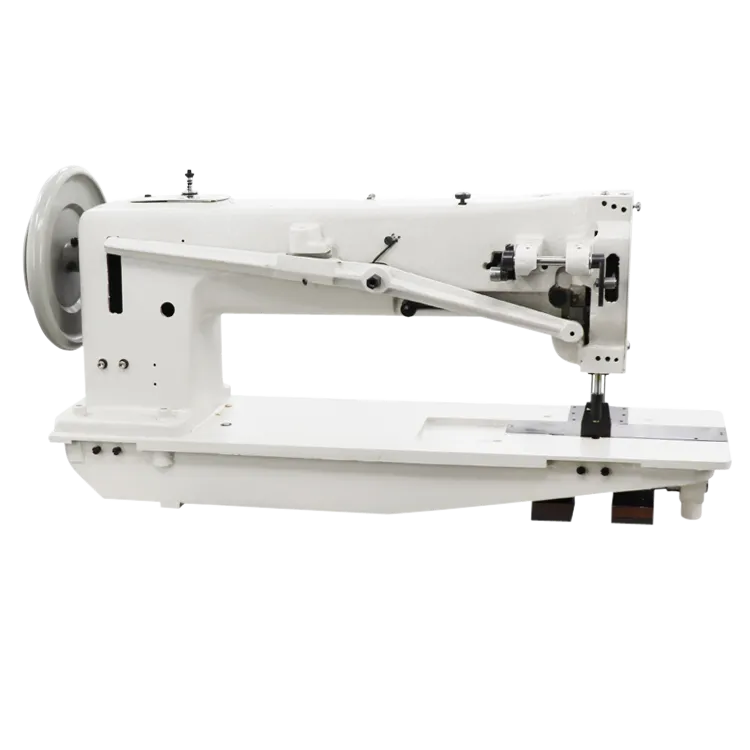what is the difference between coverstitch and overlock
When it comes to sewing, particularly in the realms of garment construction and finishing, two terms often come up coverstitch and overlock. While both serve essential functions in sewing, they are distinct processes that cater to different needs in garment construction. Understanding the differences between these two methods can significantly enhance your sewing projects, ensuring a professional finish whether you are sewing knits or woven fabrics.
Understanding Overlock
Overlock stitching, often performed on an overlock machine or serger, is primarily used for finishing the edges of fabric to prevent fraying. This method employs multiple threads, generally two to five, to create a strong, stretchy seam that can hold up under stress. Overlocking is incredibly effective on knit fabrics, where the inherent stretch of the stitch allows for flexibility and movement without breaking.
An overlock stitch typically includes a combination of straight and zigzag stitches, which encase the raw edges of the fabric, providing both strength and durability. The primary function is to finish edges neatly while keeping the fabric from unraveling. Overlock machines can also trim the fabric as they stitch, making them an efficient choice for garment assembly. They are particularly invaluable for seams that require durability, such as the sides of t-shirts or the seams of stretchy leggings.
Understanding Coverstitch
On the other hand, a coverstitch is a specialized stitch predominantly used for hems and binding. Unlike overlock stitching, a coverstitch does not trim the fabric; instead, it forms a flat seam that lies on the surface of the fabric. This method uses two or three needles and a looper, creating a stitch that is both decorative and functional. Coverstitch is particularly popular for knit fabrics because it allows the fabric to retain its stretchability.
what is the difference between coverstitch and overlock

The resulting finish from a coverstitch offers a clean and professional look on the outside, often with parallel rows of stitching. This technique is commonly employed for finishing hems on t-shirts, dresses, and activewear, where a flat seam is essential not only for aesthetics but also for comfort against the skin. Since coverstitch stitches are designed to stretch, they are ideal for garments that need to maintain their shape and fit while offering ease of movement.
Key Differences
The primary difference between overlock and coverstitch lies in their application and the type of finish they provide. Overlock is fundamentally about securing raw edges and providing a strong seam for construction, while coverstitch focuses on the final appearance of hems and topstitching, ensuring both functionality and aesthetics.
Another significant difference is the machine used; an overlock stitch is created using a serger, which trims and finishes edges at the same time, whereas a coverstitch requires a dedicated coverstitch machine that adds a professional touch to the finished garment without edge trimming.
In summary, while both overlock and coverstitch techniques are indispensable in modern garment construction, they cater to different stages of the sewing process. Overlock is your go-to for finishing raw edges and constructing durable seams, while coverstitch excels in creating neat hems and topstitches that maintain the garment's stretchability. For the best results in your sewing projects, understanding these differences will ensure you choose the right method for your needs, leading to beautifully finished garments that can stand the test of time. Whether you are a beginner or an experienced sewist, mastering both techniques will undoubtedly elevate your sewing skills and the quality of your creations.
-
Industrial Cylinder Arm Sewing Machine: Revolutionizing Heavy-Duty SewingNewsJul.28,2025
-
Cylinder Arm Sewing Machine: Perfect for Special Sewing ApplicationsNewsJul.28,2025
-
Cylinder Bed Sewing Machine: Essential for Sewing Complex MaterialsNewsJul.28,2025
-
Heavy Duty Sewing Machine: The Essential Tool for Industrial ApplicationsNewsJul.28,2025
-
Computerized Pattern Sewing Machine: Revolutionizing Precision StitchingNewsJul.28,2025
-
Heavy Duty Industrial Sewing Machine: Power Meets PrecisionNewsJul.28,2025
-
Leather Sewing Machine: The Industrial Standard for Tough MaterialsNewsJul.18,2025





























